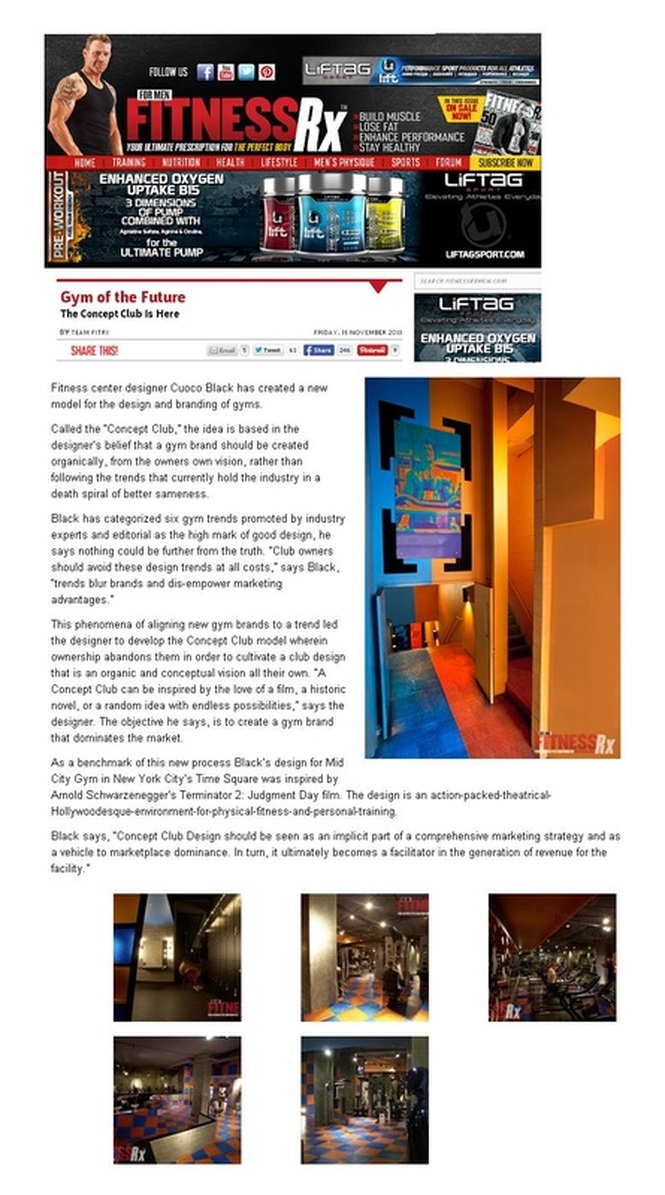Gym Design Trends To Avoid
"If your gym design employs the aesthetics illustrated by the trends below then you are saying little about your brand and more about the trend. Trends blur brands, undermines a club's uniqueness, and disempowers marketing advantages" Cuoco Black 2014
"If your gym design employs the aesthetics illustrated by the trends below then you are saying little about your brand and more about the trend. Trends blur brands, undermines a club's uniqueness, and disempowers marketing advantages" Cuoco Black 2014

1. Boutique Design, or the Luxury Gym, is an aesthetic employing modern design features in an effort to be sophisticated, stylish and cool. Boutique Design is employed across all of commerce including hotels, bars, residences, restaurants, and now gyms. The result is a predictable style that says nothing about a brand other than it being part of the Boutique Design Trend. It certainly doesn't telegraph fitness, and that may be it's largest detractor.
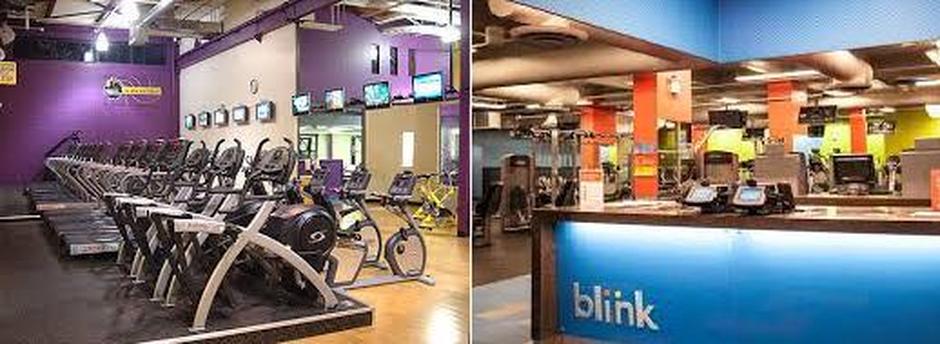
2. Better Sameness or the Big-Box Clubs are a brilliant business model. Design however is reduced to a non-event as the marketing objective is to compete on price and to be "the-first-one-in" and populate real estate. The aesthetic is recognized as an edgy logo, a motivational slogan, industrial lighting and a branded paint color, or two. Though this model has it's detractors it's a trend that's here to stay.
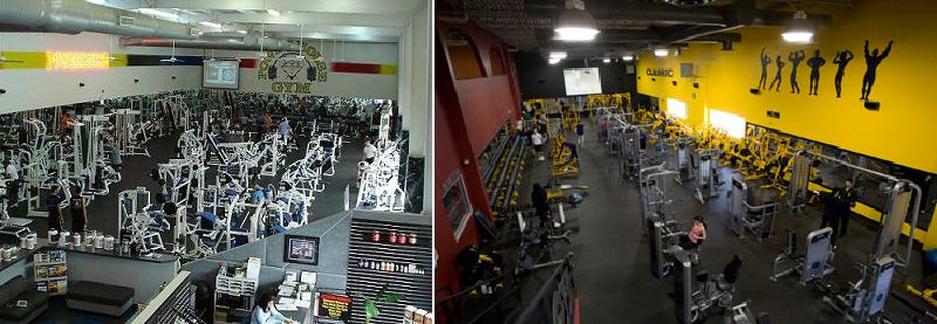
3. The Muscle Gym is rooted in the culture that spawned the modern day fitness industry. The late 20th century saw the rise of the muscle gym, brute, hard, and no nonsense facilities adorned with unglamorous equipment and lots of steel, think Pumping Iron. The evolution of this aesthetic is updated but less stylish, more straightforward, with design elements that telegraph tough...these are "blue collar" gyms loved and revered by those who train hard.
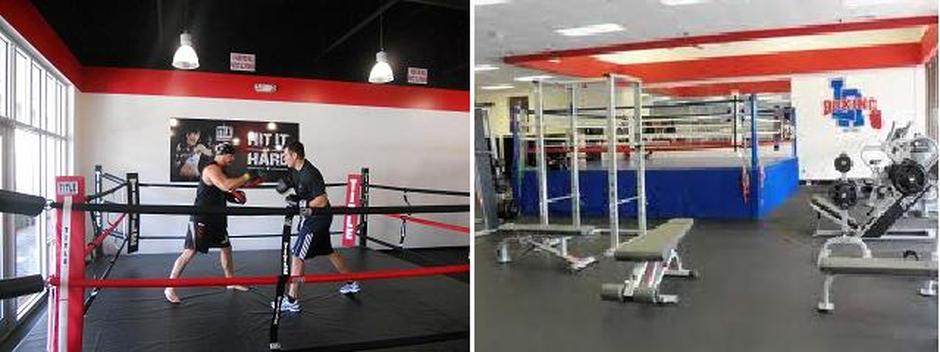
4. The Boxing Gym trend adopts the classic elements of a boxing club and is growing across all borders. The aesthetic is easily replicated in the adoption of a boxing ring, hanging heavy bags, industrial lighting and exposed superstructure. Color schemes are typically simple, and decoration is often reduced to boxing posters, memorabilia and logos adorning the walls.

5. The MMA Gym could conceivably be some version of the boxing gym however more effort has been afforded to design. This is an exciting model for the fitness industry with a passionate fan base. It seems that red and gray are the colors which define the MMA gym trend though we have yet to find where that is written in the gym design bible. MMA gyms employ geometry and graphics, and more precise detailing than boxing gyms, yet all seem to be some reinterpreted version of their boxing gym predecessors.
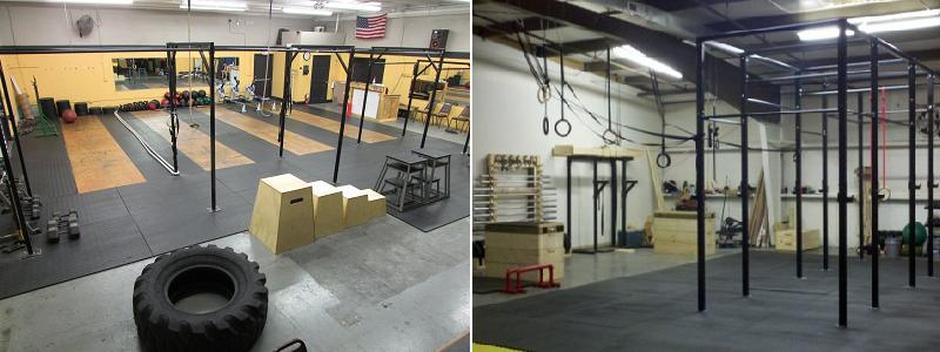
6. The CrossFit or Functional Training clubs are typically industrial spaces reduced to minimal decoration. The highlight of this model is the collection of "junkyard scraps". Tires, chains, plywood boxes and steel framing define the aesthetic. It's incredible that the fast paced phenomena of CrossFit which has taken the globe by storm and is fiercely competitive, continues to embrace a design aesthetic that is rooted in the upstart-underfunded-minimalism of it's origin.
AN ALTERNATE STRATEGY - YOUR OWN BRANDED GYM DESIGN
